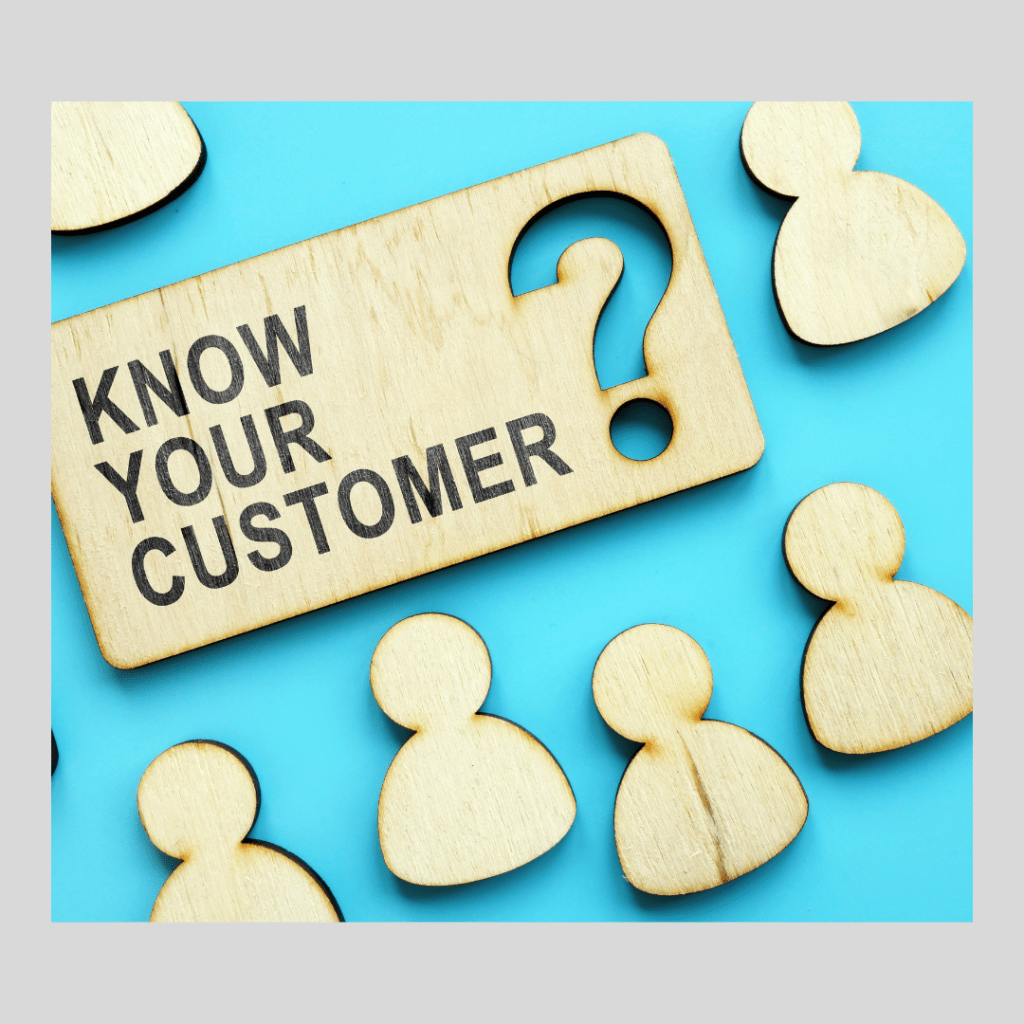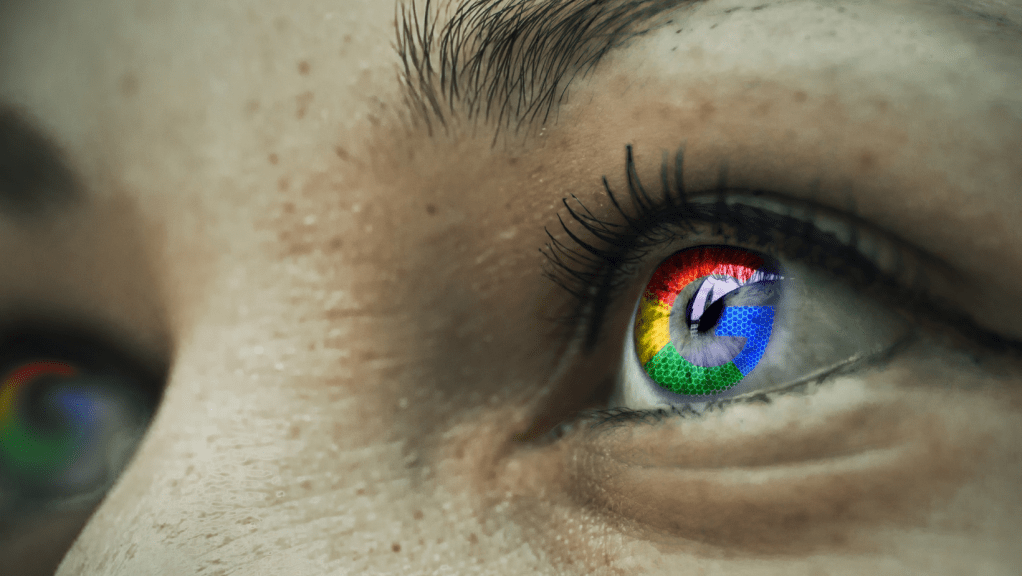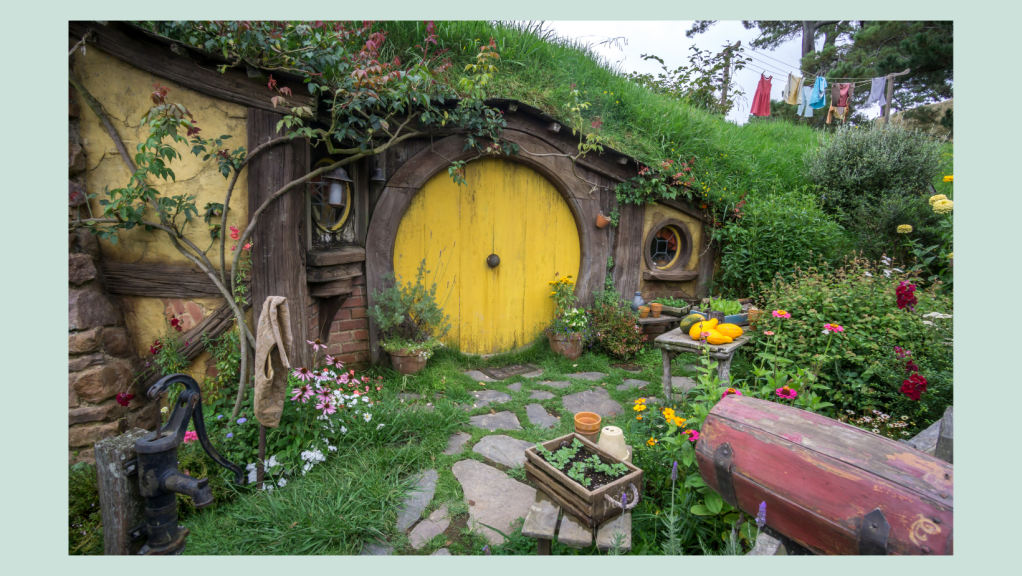Is it better to use my personal profile, or my business profile on social media for networking? This is a question that seems to be out there a lot lately, and there is plenty of conflicting information. Some seem to be on the side of using your personal profile and others talk about the benefits of using your business profile. So, in this article, I’m going to try and unravel the various opinions, then you can make up your own mind as to what would be best for your small business.
According to Facebook itself, your personal page should NOT be used exclusively for business purposes – you should set up a business page. If you do promote your business on your personal page, make sure you read Facebook’s terms of service to make sure you don’t go against their rules – if you do, your account could be shut down.
That being said, you can use your personal page to indirectly promote awareness of your business. So, what does that mean?
What is the difference between a personal page and a business page?
Personal page
When you decide to have a Facebook profile, you must set up a personal page as you sign up as an individual. The purpose of your personal page is to stay connected with family and friends – that is, people that you already know. You can connect with ‘friends of friends,’ and with people you meet inside Facebook groups.
You can join groups via your personal page, which means that you do start to accumulate ‘friendships’ with people you don’t personally know. You can also join groups from your business page, but only if the admins of that group allow members to join from their business page – which in my experience is very few, so I tend to join groups from my personal page.
Your personal page will also show you with your family, and maybe out with friends at parties etc. This kind of content, especially if it shows you doing things that would be inappropriate or harmful to your business, wouldn’t be the kind of thing you’d necessarily want your business associates and customers seeing. For example, family members may not want their wedding or family photos in the public eye.
However, you can adjust your personal page to make it more professional, for those times when you do want to share something about your business, such as making your posts public. Just remember, if there is a post you only want friends and family to see, you will need to adjust this setting each time you post something personal.
There is value in using your personal page to help your business’s visibility. The connections you have with people on your personal page can be stronger than with business pages – people may be more likely to trust your business as they know you and personal pages tend to have a greater reach than business pages.
Your friends on your personal page are more likely to see an update from your personal page, than from following your business page, and if you share some of your updates about your business on your personal page, you have the potential of reaching a completely different network of people. But you do have to be careful that your content is not all about business, or you risk violating Facebook rules and regulations. It is a bit of a minefield.
So, what kind of content can you share?
- Share news about winning an award or if your business gets into local or national news.
- Share details of charity events that you support.
- Blog posts
- Photos from a conference you attend, or a networking event. Or, if you have a team, you could share about a company picnic or outing.
- Client stories
- Business tips
But as Facebook rules state that you cannot use your personal page solely for business, you have to be sensible and pick and choose what you share – and not bombard your personal page with content. It’s about getting the balance right.
Business page
Your business page is all about your brand and your business – or about a cause that is close to your heart. It’s a no-brainer to use a business page as the benefits are huge.
You can set up ads, promote your products and services every day through posts and stories.
The good bits about a business page are that you can:
- See insights, which is data about your followers – when they’re online, which posts or stories were the most popular and a host of other useful data.
- Advertise – pay to reach a specific target audience, which helps with targeted campaigns.
- You can plan and schedule posts for weeks ahead.
- You can also outsource your business page to a social media manager, so they can post and manage your page for you.
- Tagging – you can tag other businesses and they can tag you in posts using your business name.
- Collect and share reviews – social proof is a must for every small business.
- Set up an event and invite followers.
Your business page is the place where your customers know where to find you – as it uses your business name. You can communicate directly with your customers to answer their questions, asking them questions and getting feedback.
Your business posts help you grow your community, giving your customers the opportunity to share your posts with their friends and family and so creating a digital ‘word of mouth’ as such!
You can also choose to boost a post to a specific audience by their geographic location, age, interests, and lots more. This can work well if you do your research well and know exactly who you want to target.
You can add website or online shop details so your followers can click directly from your page from their mobile devices, so don’t have to do a separate google search.
The downside to a business page is that Facebook’s algorithm tends to prioritise content from personal pages over business pages. They want you to advertise or use boosted posts to help you increase your visibility, so it takes more effort to get your page established.
Talking of effort, managing a business page takes a lot of time and effort to create and post content, respond to messages and posts, and maintain a consistent strategy to stay active and keep your audience engaged, but once you get it right and get organised, it is very rewarding and brings in the business.
Networking Conclusion
Networking on Facebook is about building professional relationships with other businesses or group members and about creating a good reputation for your business.
Growing your network and followers will increase your visibility and will help establish yourself as an expert in your line of business.
And we’re back to that original question – Is it better to use your personal page or your business page to network?
My conclusion is to use BOTH! I know (!), but after all the research I’ve done, I’ve come to the conclusion that both have their merits and by using both, you will reach a larger audience.
So, use them together, engage with your audience using one united voice. Interact in groups from both (some groups will only allow you to interact with groups from your personal page) and publish your content on your business page, but still share the odd post/blog with your personal page, and definitely share good news about your business on both, as it’s relevant to you both personally and professionally.
It’s about striking the right balance and not overdoing the promotional business stuff on your personal page, as you’ll risk violating FB rules.
I really hope this has helped you see the differences between the pages and help with your decision on how to network effectively – use both! It makes sense!
If you’d like any help with your business page or don’t have the time to consistently post or create posts, drop me a message, and we can have a chat about how I can support you through content help or coaching.
Alternatively, check out my website for more information.













































